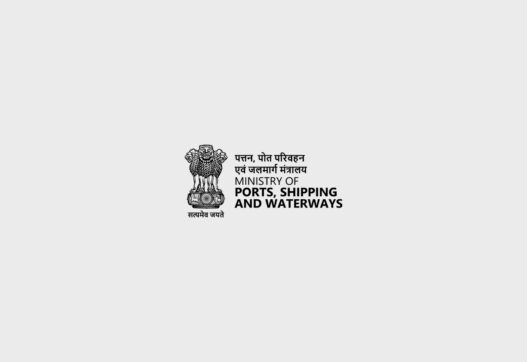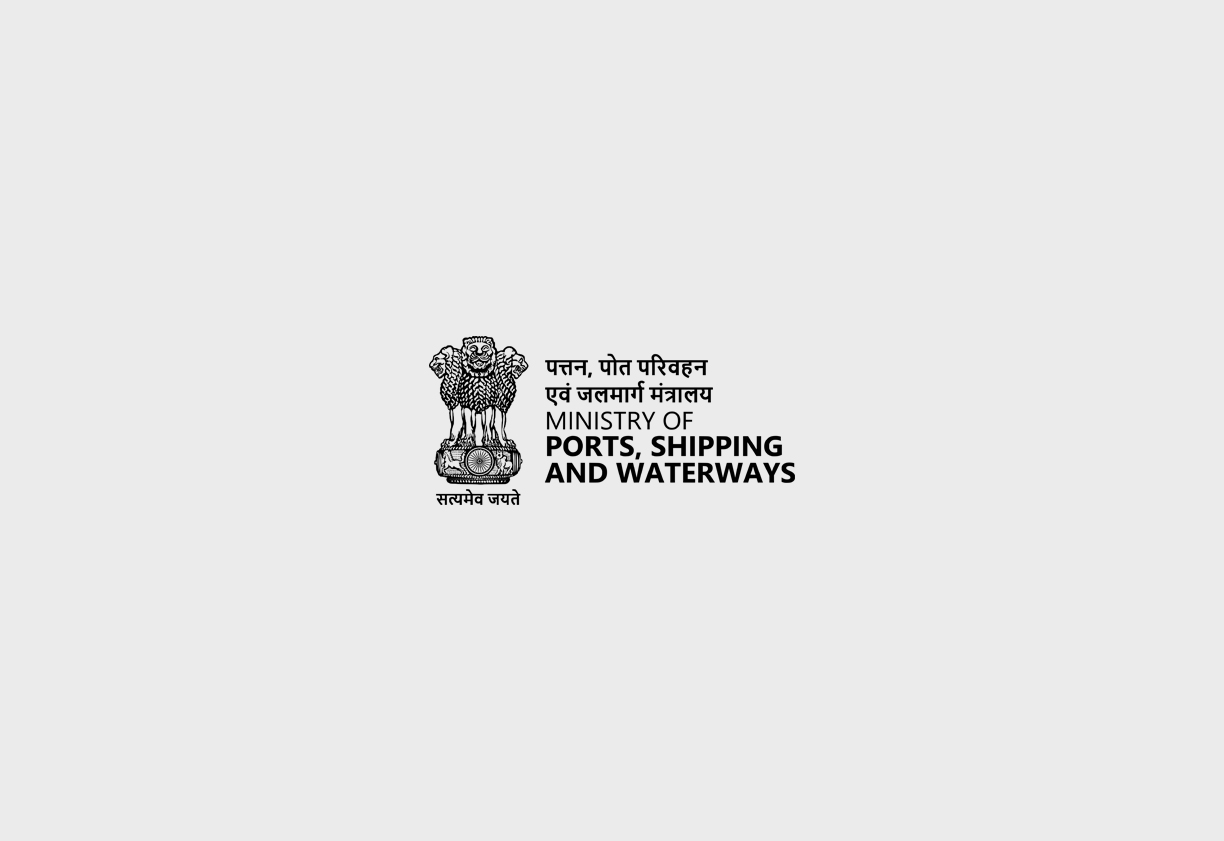Ministry of Shipping
The Indian Bills of Lading Act, 1856, was enacted to amend and clarify the legal framework surrounding bills of lading in India. Prior to this Act, while the property in goods could be transferred to an endorsee of a bill of lading, the rights associated with the contract contained in the bill remained with the original shipper. This Act aimed to align the transfer of rights with the transfer of property, facilitating smoother trade and shipping practices. This act falls under the Ministry of Ports, Shipping and Waterways.
Enactment Date, Number of Chapters, Number of Sections:
The Indian Bills of Lading Act was enacted on April 11, 1856. It contains three sections and a preamble, though it isn’t divided into chapters.
Act Governed By:
The Act falls under the purview of Indian maritime law and is applicable within India’s jurisdiction.
On Whom It Is Applicable:
This Act applies to all parties involved in transactions involving bills of lading, including shippers (or owners), consignees, and endorsees. It clarifies the rights and liabilities of each party.
Penalties/Punishments:
The Act itself does not define specific penalties. However, it establishes legal liabilities and consequences for misrepresentation or non-compliance with the provisions related to bills of lading, particularly regarding the proof of shipment.
Important Pointers:
-
Vests all rights of suit and liabilities related to the goods in the consignee or endorsee named in the bill of lading.
-
Does not affect the right of stoppage in transitu or claims for freight against the original shipper.
-
Makes the bill of lading conclusive proof of shipment against the master or person signing it, unless the holder had prior notice of non-shipment.
-
Provides a defense for the master or signing person against misrepresentation if caused by fraud and without their default.




